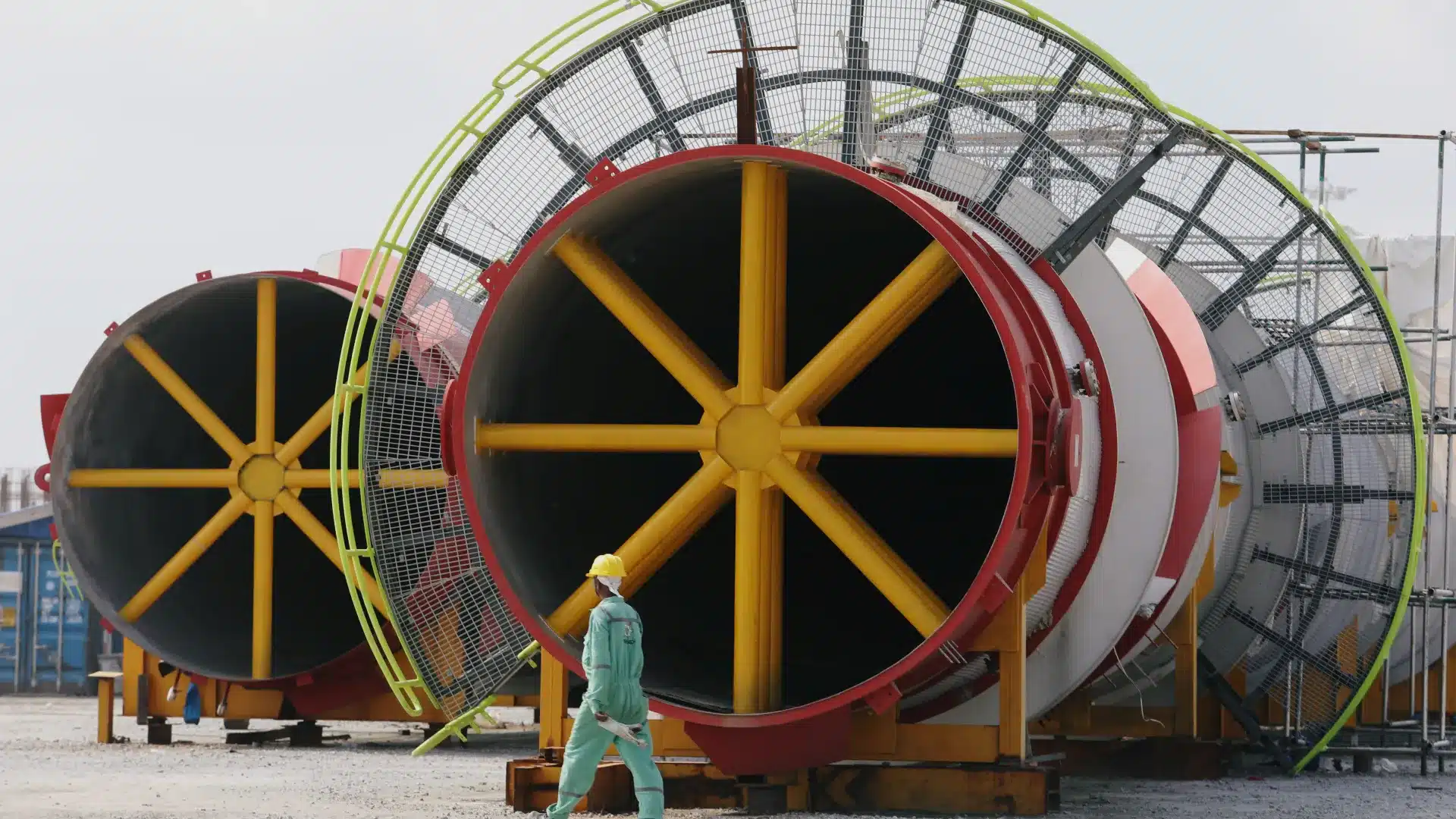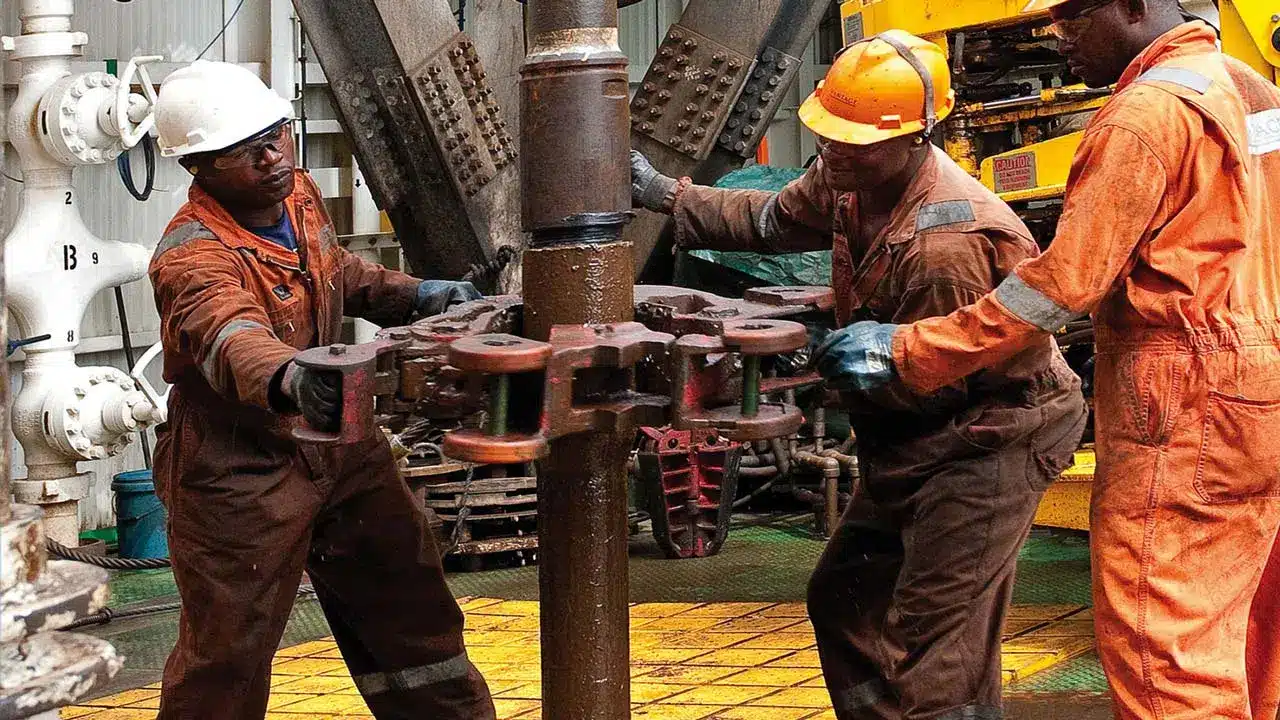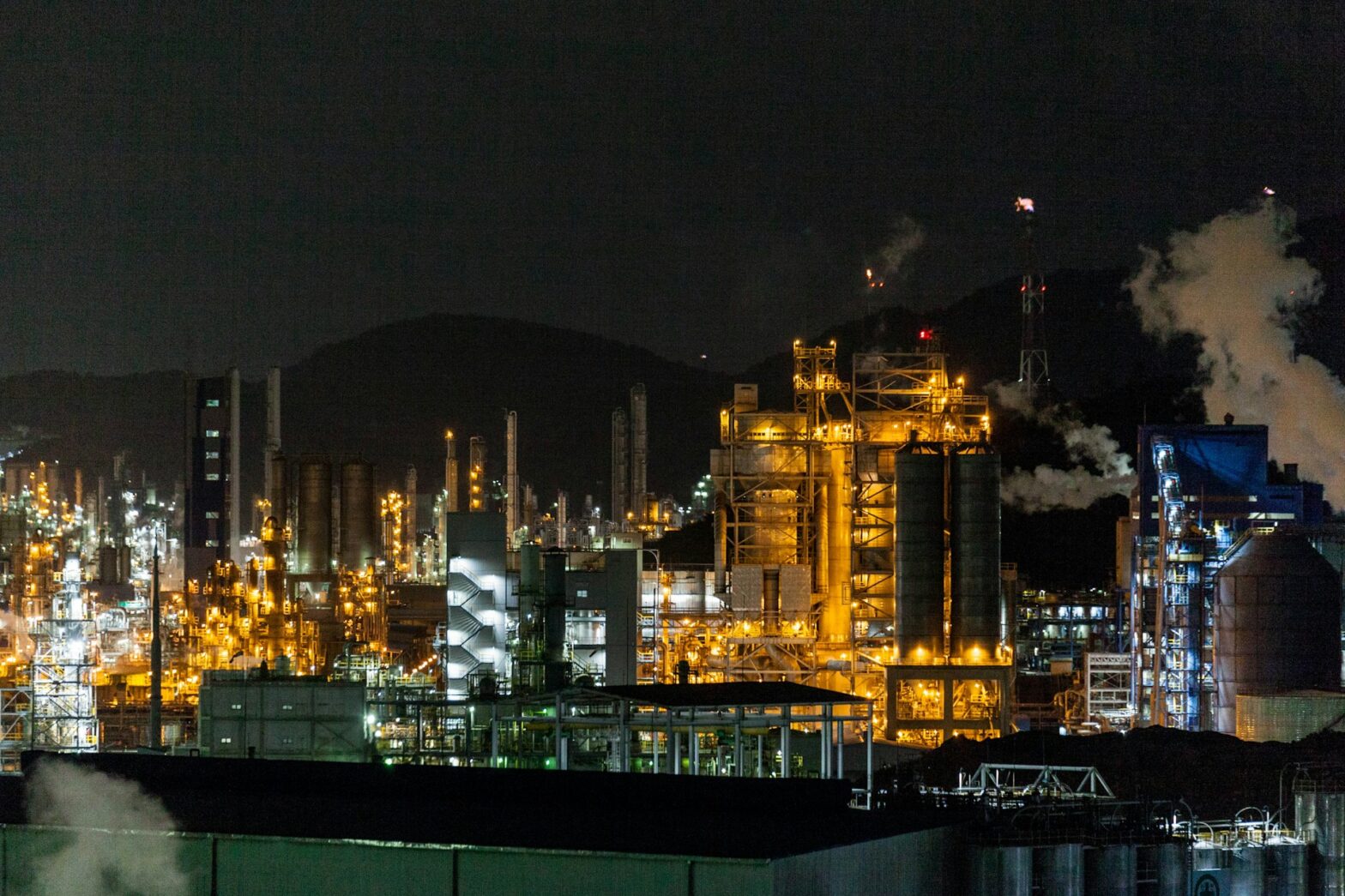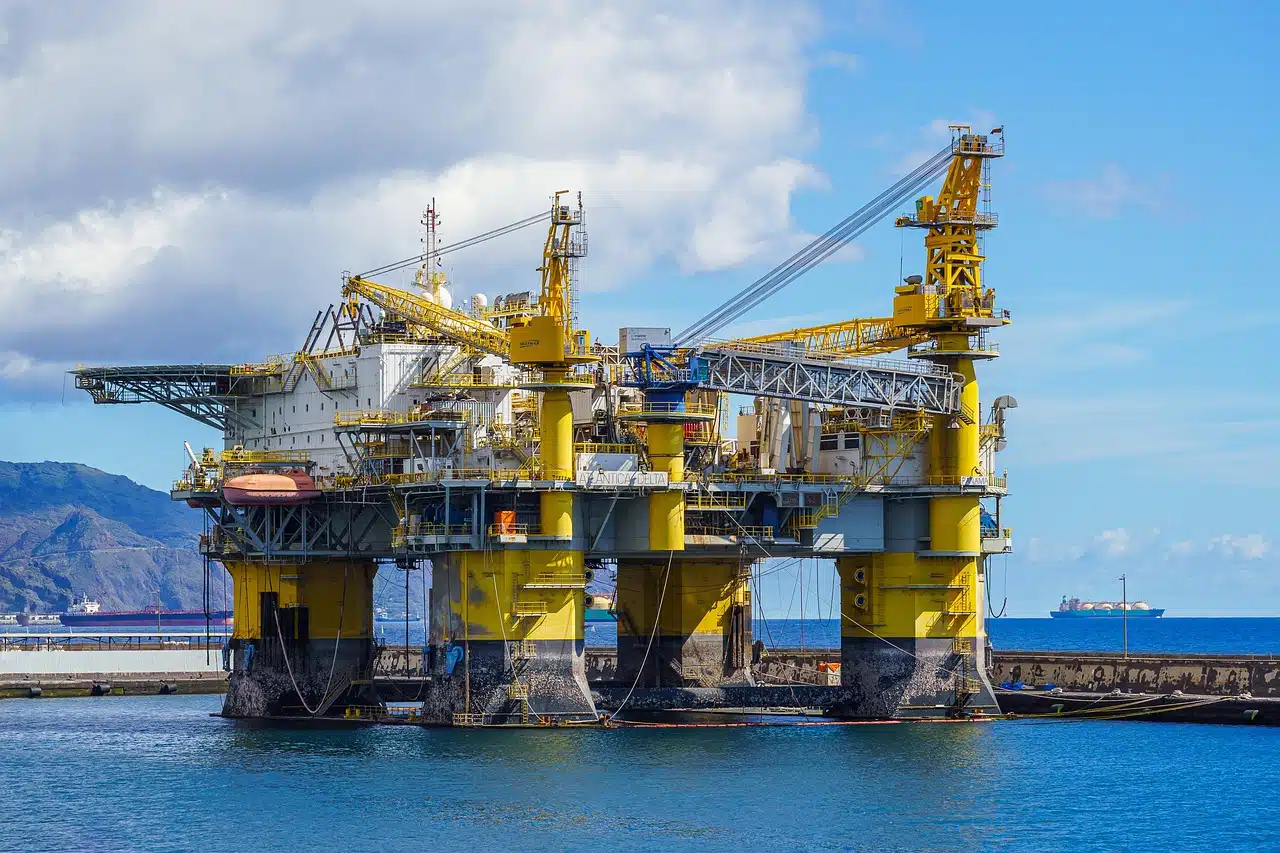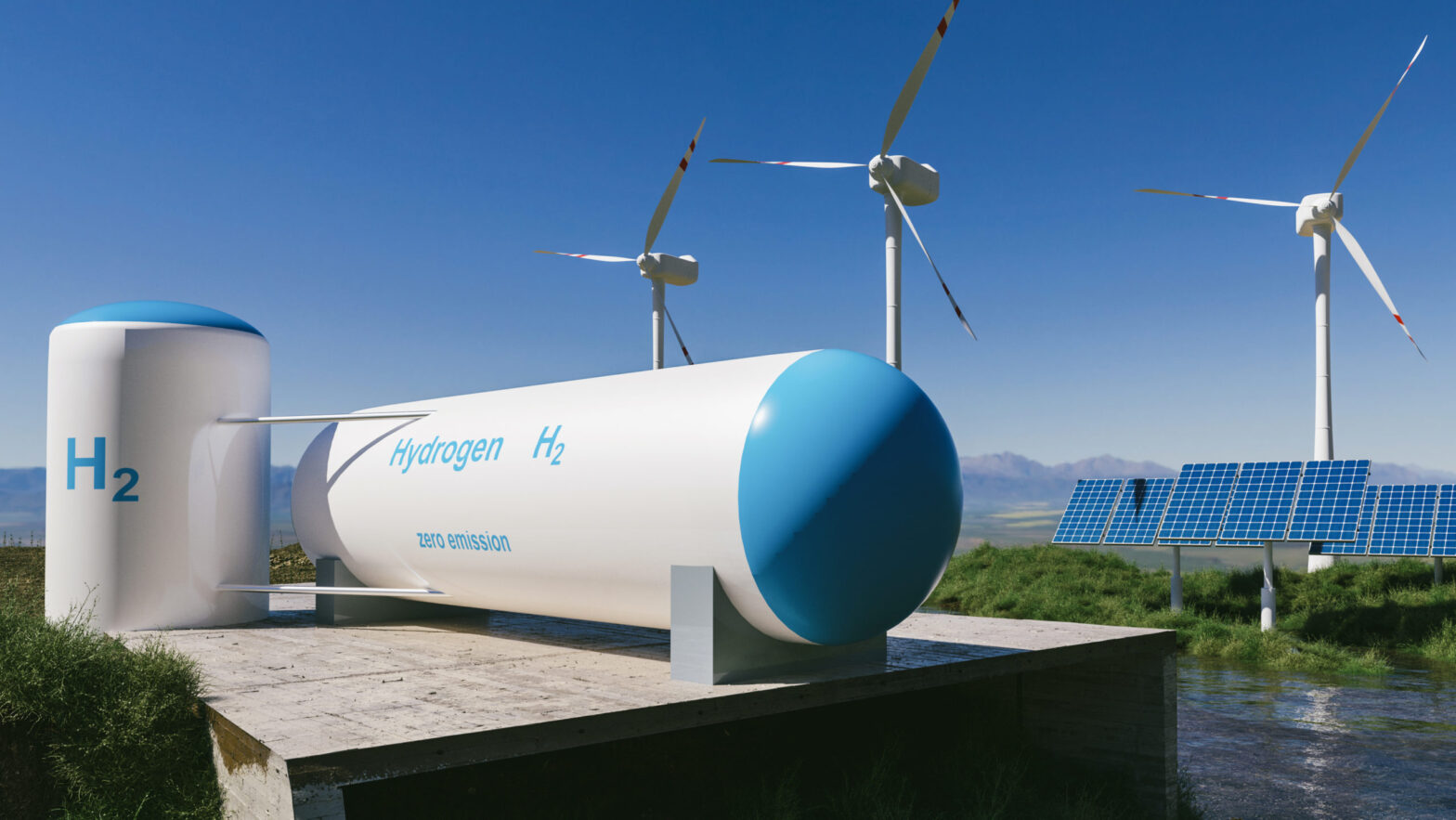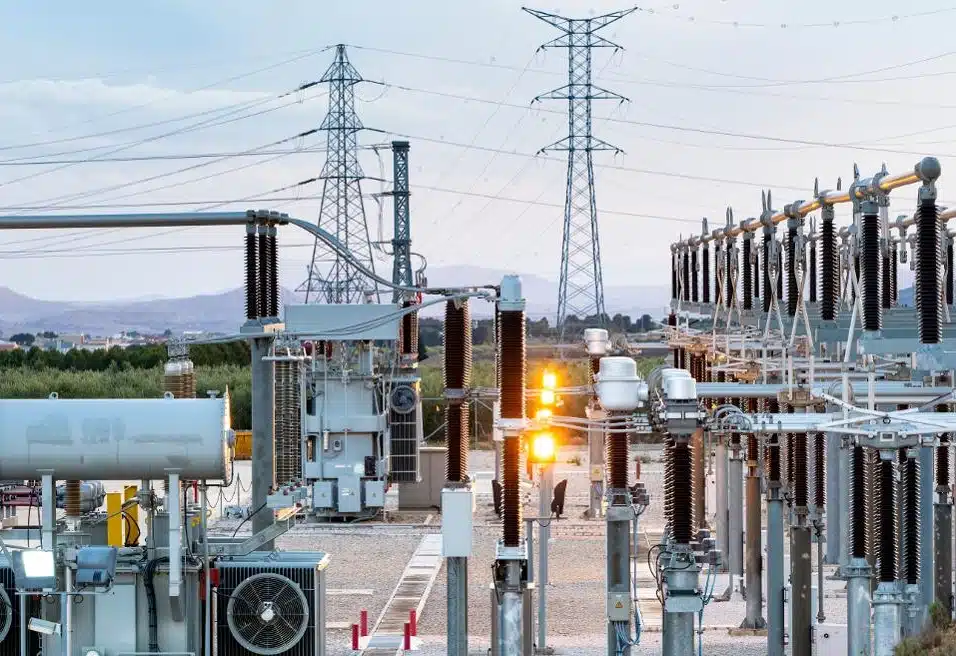Dangote is currently working to upgrade its mega fuel-processing plant in Lagos from an original nameplate capacity of 650,000 barrels per day (bpd) to 700,000 bpd, a senior plant official has confirmed.
Executive Director Edwin Devakumar told Argus on Thursday that the 7% capacity increase is needed to remove constraints that have kept the plant operating below its full potential.
“In most of the departments, our production level has gone far beyond 100%,” Edwin said. “So, we need to just do a bit of de‑bottlenecking to increase the overall production.”
The 650,000 bpd plant began commercial operations in early 2024.
Since then, it has gradually ramped up throughput and now supplies a range of refined petroleum products to both Nigeria and international markets.
As of this month, Edwin said the plant was running at about 85% capacity (550,000 bpd) of its original installed capacity, with ongoing efforts to raise production.
Once the upgrade is complete, the plant’s total output will increase by more than 20% from what it is currently.
While no timeline was given for completion, industry sources suggest the expansion could be achieved by December 2025.
By year-end, refinery management aims to rely entirely on Nigerian crude oil. This move could eliminate hundreds of thousands of barrels of crude imports each day.
Dangote is expected to import at least 5 million barrels of U.S. crude in July, according to a recent Reuters report.
Dangote becomes Nigeria’s biggest fuel supplier
The refinery’s arrival has expanded Nigeria’s domestic refining capacity by over 400%, helping to meet critical fuel needs and saving Nigeria billions of dollars in import bills.
As of March 2025, the plant covered 41% of Nigeria’s total fuel demand, supplying 20.6 million litres of petrol daily to the local market.
Nigeria’s fuel regulator reported that petrol imports fell by 67%, from 44.6 million litres per day in August 2024 to just 14.7 million litres by mid‑April 2025.
Meanwhile, Kpler tracking data shows that gasoline imports from Europe in June dropped by 56% to roughly 231,000 tons, out of a total of 271,000 tons nationally.
This production boost, paired with rising exports, has pushed key refining units beyond expected capacity.
“We have already crossed 120% of the nameplate capacity of the mild hydrocracker, 125% of capacity at the RFCC gasoline desulphurisation unit, 106% of capacity at the continuous catalytic regeneration unit, 140% of capacity in the Penex process, and 143% of capacity at the naphtha hydrotreater,” Edwin said.
The executive previously noted that the hydrotreating unit has the “flexibility to achieve additional production” and the plant has already started procuring naphtha to support gasoline output.

